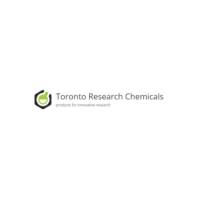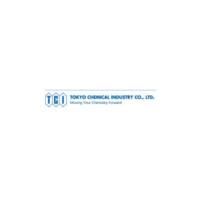Computational Toxicology: Application in Environmental Chemicals
互联网
313
This chapter provides an overview of computational models that describe various aspects of the source-to-health effect continuum. Fate and transport models describe the release, transportation, and transformation of chemicals from sources of emission throughout the general environment. Exposure models integrate the microenvironmental concentrations with the amount of time an individual spends in these microenvironments to estimate the intensity, frequency, and duration of contact with environmental chemicals. Physiologically based pharmacokinetic (PBPK) models incorporate mechanistic biological information to predict chemical-specific absorption, distribution, metabolism, and excretion. Values of parameters in PBPK models can be measured in vitro, in vivo, or estimated using computational molecular modeling. Computational modeling is also used to predict the respiratory tract dosimetry of inhaled gases and particulates [computational fluid dynamics (CFD) models], to describe the normal and xenobiotic-perturbed behaviors of signaling pathways, and to analyze the growth kinetics of preneoplastic lesions and predict tumor incidence (clonal growth models).








